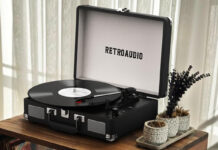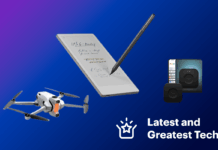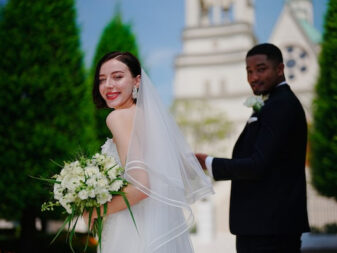 For a photographer, a wedding gig is an excellent opportunity to put all their skills together. There’s a wide variety of shots to get, there’s a lot of room for creativity and the nature of the event adds a certain amount of pressure that makes the whole experience quite rewarding and satisfying. The first thing you need to determine before a wedding is the list of equipment you’ll have to bring. Since we usually work alone, it’s got be a relatively compact kit so a single person can carry it, but also varied enough to cover all the possible situations. This guide will help you pick out the necessary gear and make sure you have everything you need to succeed.
For a photographer, a wedding gig is an excellent opportunity to put all their skills together. There’s a wide variety of shots to get, there’s a lot of room for creativity and the nature of the event adds a certain amount of pressure that makes the whole experience quite rewarding and satisfying. The first thing you need to determine before a wedding is the list of equipment you’ll have to bring. Since we usually work alone, it’s got be a relatively compact kit so a single person can carry it, but also varied enough to cover all the possible situations. This guide will help you pick out the necessary gear and make sure you have everything you need to succeed.
The Camera Bodies
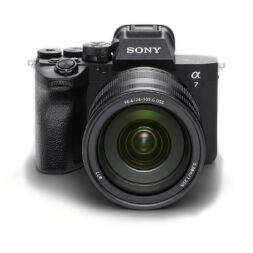 In general, wedding photographers work with at least two camera bodies. Not only does it provide a backup in case of damage or malfunction, it saves you time since you won’t be swapping lenses constantly. Often, you’ll see some professionals show up with three bodies, one in their hands, and another on hanging on their shoulder and another on a tripod. This helps tremendously with fluidity, since everything is ready at all times. The event revolves around the bride, groom and their guests, delays and any sort of wait should be avoided as much as possible. This will also help things feel more natural, minimizing posing times.
In general, wedding photographers work with at least two camera bodies. Not only does it provide a backup in case of damage or malfunction, it saves you time since you won’t be swapping lenses constantly. Often, you’ll see some professionals show up with three bodies, one in their hands, and another on hanging on their shoulder and another on a tripod. This helps tremendously with fluidity, since everything is ready at all times. The event revolves around the bride, groom and their guests, delays and any sort of wait should be avoided as much as possible. This will also help things feel more natural, minimizing posing times.
I suggest you work with multiple bodies of the same model, or at least the same manufacturer. It’s not the ideal time to be experimenting with different brands. Additionally, unless you already own a collection of DSLRs, it’s probably better to go with mirrorless cameras. They are lighter and less noisy. Nowadays, the battery life will last you all day and the choice of lenses is vast.
The Alpha series by Sony is one of the most popular lines of cameras and they are an excellent choice for weddings. The quality will be very apparent with a full-frame model like the A7IV, one of their most recent products. Other manufacturers produce great alternatives such as the R6 by Canon or the Z6 by Nikon. If you have a preference for the APS-C sensor, Fujifilm’s X-T4 is one of the most beloved cameras on the market.
The Lenses
Each body should ideally have different, good quality lenses. This is where you’ll need to make sure that you have all the right tools. If you are working with two bodies instead of three, there might be a few lens changes to anticipate.
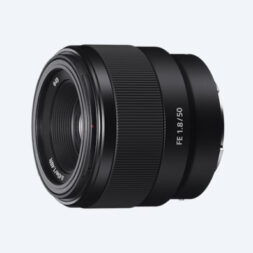 When we think of wedding photography, it’s certain that a lot of portrait shots will be expected. If you are taking on such jobs, you probably already know what kind of glass you like for portraits. Generally, we go for either 50 or 85 mm. A prime lens offer excellent quality, with a very sharp image. A wide aperture (such as f/1.8 or even f/1.4) lets you manipulate the depth of field in a very pleasant way. When shooting a blurred background, the subject stands out beautifully and our pictures will have a personality that’s not available with other methods. Check out the Sony SEL50F18F 50 mm f/1.8 or the Sony FE 85 mm f/1.8.
When we think of wedding photography, it’s certain that a lot of portrait shots will be expected. If you are taking on such jobs, you probably already know what kind of glass you like for portraits. Generally, we go for either 50 or 85 mm. A prime lens offer excellent quality, with a very sharp image. A wide aperture (such as f/1.8 or even f/1.4) lets you manipulate the depth of field in a very pleasant way. When shooting a blurred background, the subject stands out beautifully and our pictures will have a personality that’s not available with other methods. Check out the Sony SEL50F18F 50 mm f/1.8 or the Sony FE 85 mm f/1.8.
There will be many occasions to use a zoom lens. For example, it’s not advisable to walk around everywhere during the ceremony. It’s at that moment where such a tool becomes very useful as you won’t be disturbing the event. Since luminosity might be an issue in certain indoor areas, it’s preferable to have a wide aperture. These products are usually quite expensive, but they can double for other events. For example, concert photography is notoriously difficult and these lenses shine in that context.
Lastly, a lens that can shoot wide angles is also recommended. It’s ideal for group photos or those that include landscapes or the reception hall. A street type lens (35 mm) works very well for this. It’s up to you if you prefer a prime or a slight zoom that helps get a little broader shot or can double as a portrait lens. A good example of this is the Sony SEL2470GM FE 24–70 F2.8.
Important Accessories
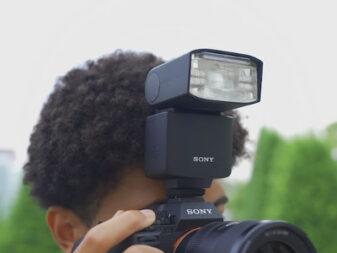 You’ll need some vital accessories to successfully shoot a wedding. First of all, make sure you have enough extra batteries. The event goes on all day and there won’t be a lot of down time to charge. Same thing goes for memory cards. Since it’s a lot safer and flexible to shoot RAW, you might fill them up completely during the day. Additionally, it’s possible that cards get damaged or become corrupted. You’ll be then quite relieved to know you have more of them in your kit.
You’ll need some vital accessories to successfully shoot a wedding. First of all, make sure you have enough extra batteries. The event goes on all day and there won’t be a lot of down time to charge. Same thing goes for memory cards. Since it’s a lot safer and flexible to shoot RAW, you might fill them up completely during the day. Additionally, it’s possible that cards get damaged or become corrupted. You’ll be then quite relieved to know you have more of them in your kit.
A tripod is a very useful accessory for all kinds of shots and I suggest you bring one on your jobs. A good flash for your body is also an important tool, depending on the conditions in which we shoot in.
How to Improve Video
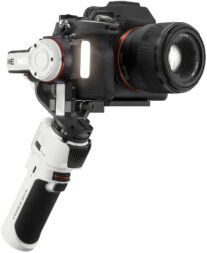 If you’re also handling video duties during a wedding, there are a few accessories that will help improve your results. First of all, a gimbal is a great way of giving a Hollywood look to the event. This type of tool gives a professional feel by smoothing out every movement. The Crane M3 by Zhiyun is a good choice to experiment with this kind of accessory.
If you’re also handling video duties during a wedding, there are a few accessories that will help improve your results. First of all, a gimbal is a great way of giving a Hollywood look to the event. This type of tool gives a professional feel by smoothing out every movement. The Crane M3 by Zhiyun is a good choice to experiment with this kind of accessory.
Also, if you’re filming, it’s important to upgrade the audio captured by your camera. It’s not ideal to record sound with the built-in mic, since it’ll catch absolutely everything around it. It’s a lot better to use a directional microphone to avoid muddying up the sound. Rode is one of the most popular manufacturers and their Video Mic Pro model offers excellent quality.
Assembling a photography kit for weddings can be a bit intimidating. That being said, with a bit of preparation and the proper equipment, it’s possible to ensure that you’ll have everything you need to immortalize this special occasion in the best possible manner.
Check out all the photography products on Best Buy’s website.

